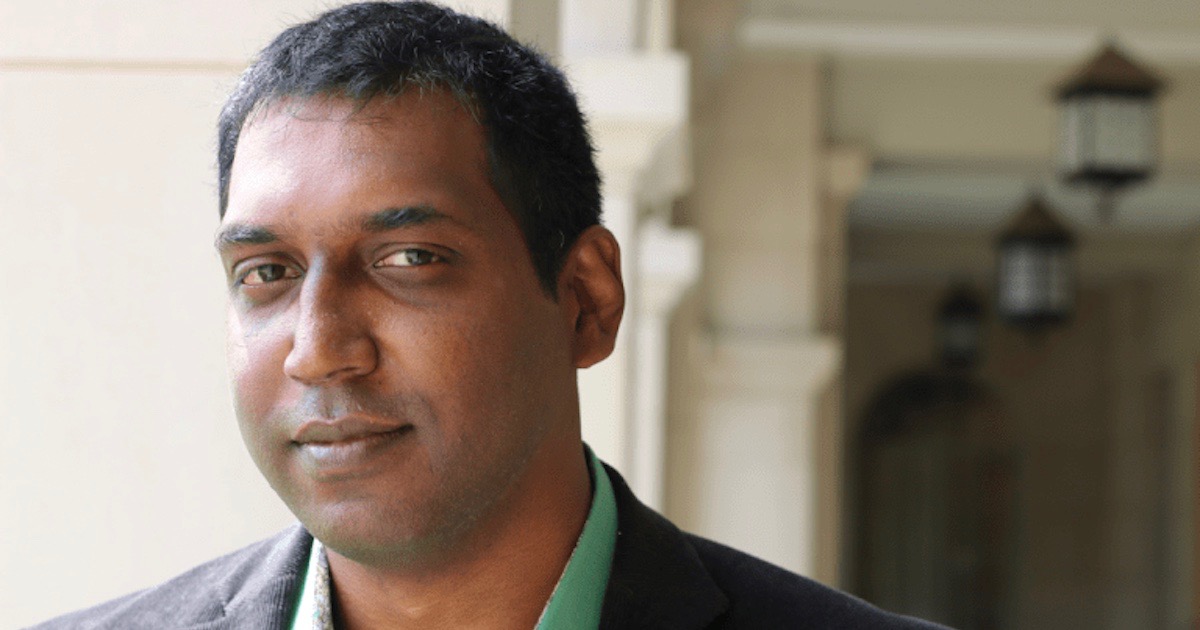 Intelligent Design
Intelligent Design
Critic of Intelligent Design Acknowledges: “Bad Design” Arguments Don’t Work


It’s good to be able to report progress. Nathan Lents, whose name you’re probably tired of hearing, wrote a Wall Street Journal article and a whole book themed on the idea of “poor design” in the human body. In the book, he included one section about the sinuses and their supposedly “suboptimal design” (pp. 8-13). Lents is a biologist and college professor who, to judge from the language he used in fighting this out with us, apparently didn’t know some basic terminology about the anatomy of the sinuses.
Writing here, here, here, and here, neuroscientist Michael Egnor responded to Lents on a range of topics, which to me seemed like a proper job of “shellacking” Professor Lents, as I wrote in a tweet. Lents was still smarting about that when he agreed to participate in a forum at the Peaceful Science blog administered by computational biologist Josh Swamidass. To make a long story short, Lents accused Egnor of making an elementary error and refusing to acknowledge it. But Evolution News demonstrated that it was Lents, not Egnor, who was wrong. It was not a matter of opinion or interpretation.
A Mere Quibble?
Now Swamidass, a prominent critic of intelligent design, acknowledges as much. See, “Who Is Right About Sinuses?” So does Lents, while nevertheless brushing off the whole matter as a quibble over terminology: “They did correctly [point] out one mistake I made in terminology, which they make a huge deal out of, and which I have corrected in the text below.” So when he thought he had caught an unacknowledged error on our end, it was a big deal. Now, it’s not. Hey, why fuss about a bit of mistaken terminology? Well, it wasn’t anyone around here who wrote a section of a book, asserting the poor design of the human sinuses, only to have it shown that we didn’t understand that “the maxillary sinus is in fact one of the paranasal sinuses.”
A small point? You decide. But this is interesting. As Swamidass notes, the argument from “bad design” is commonplace, however as he goes on to say, it’s also invalid.
Though it is not the focus or precise argument of his book, Dr. Lents is often making a “bad design” argument for evolution. This is a common argument offered to support evolution, and Dr. Lents is certainly not the first to make it.
Having recognized that Dr. Lents holds to a very common view, I confess that I do not personally think the bad design argument is valid. In my view, it mistakes the quirks and “seams” in our body as errors, and makes a theological argument that extends beyond science. In contrast with the bad design argument, I prefer to insist science remain neutral and silent on theological arguments such as these, and see these quirks as biological mysteries that often reveal evidence of common descent, and non-intuitive details of how our bodies work. I know I may be in the minority among biologists in disputing the bad design argument, but I hope that could shift in the future. Nothing intrinsic to evolutionary science requires us to make those arguments. [Emphasis added.]
Very good — I like the language about “seams.” I am looking right now at the sweater I’m wearing, and it too has “seams” while at the same time reflecting someone’s intelligent design. Thank you, Dr. Swamidass!
Swamidass adds, “Though the acrimony is not necessary, it is not surprising. These are the grand questions we are facing, and they are important.” Yes, they are both grand and important. Speaking only for myself, though, I think the reason for the “acrimony” is that ID scientists are routinely misrepresented, to malign, dismiss, and often to harm them professionally. This pressure to conform or be punished comes from both named opponents and unnamed ones (e.g., Wikipedia editors). Evolutionists face no parallel dynamic.
I do not like to see that happen to respected colleagues. Using the medium we have available to us to forcefully resist these efforts is not only “not surprising.” It’s the correct thing to do.
Photo: Joshua Swamidass, by permission of Dr. Swamidass.
